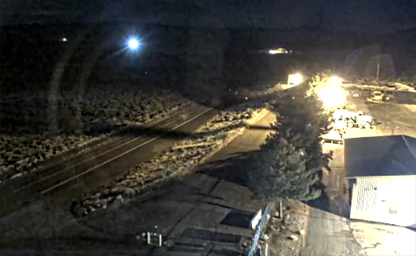
SR305 Austin M00
A significant highway in Nevada that spans the rugged

A significant highway in Nevada that spans the rugged
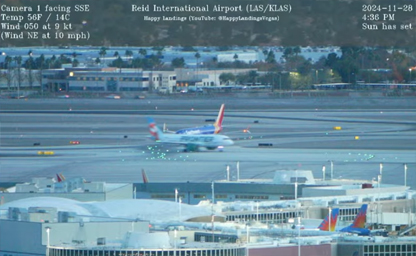
An international airport serving the Las Vegas Valley
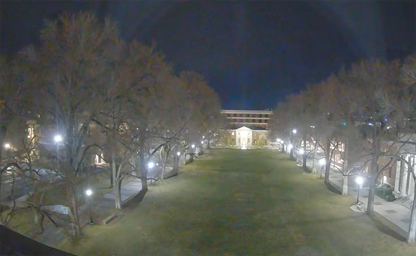
The Quad - Originally the heart of the campus
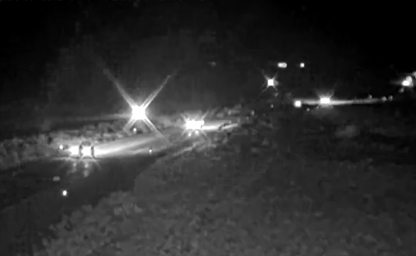
It originally carried the California Trail over the Emigrant Hills
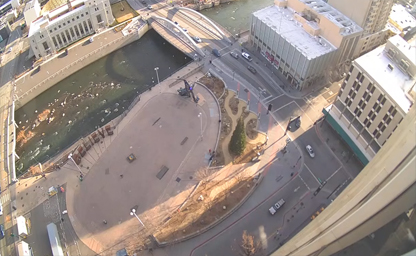
Free-admission spot offering a sculpture for viewing along the Truckee River
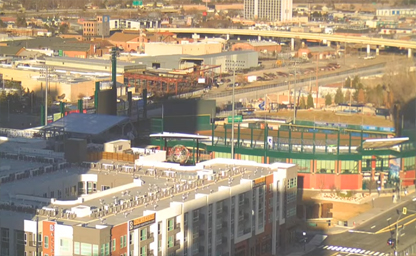
This multi-purpose stadium, situated in downtown Reno, is home to the Reno Aces
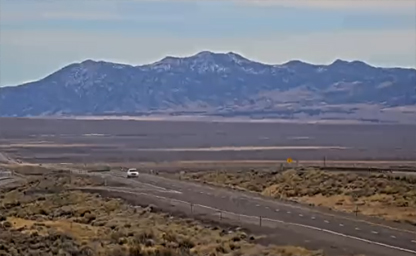
Oasis is a census-designated place located in eastern Elko County
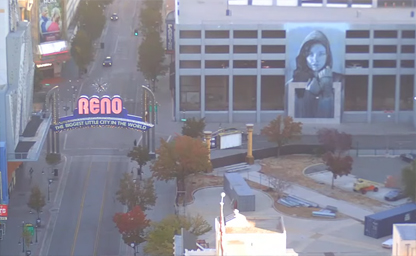
Spanning Virginia Street at the intersection with Commercial Row
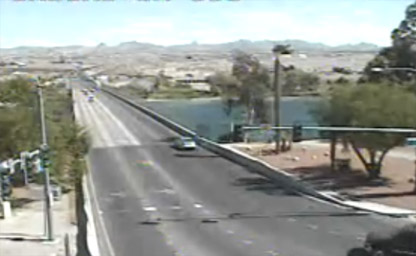
A notable landmark in this burgeoning gambling and tourist destination
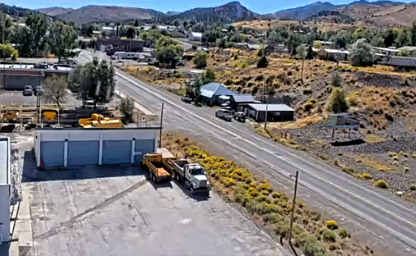
A quaint town nestled in the heart of Nevada at US50 Eureka EU MM37
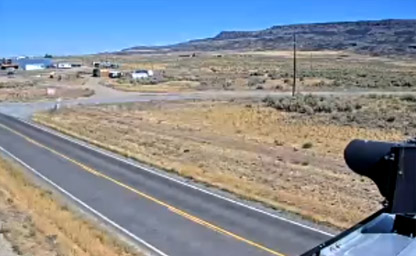
Along the banks of the Owyhee River
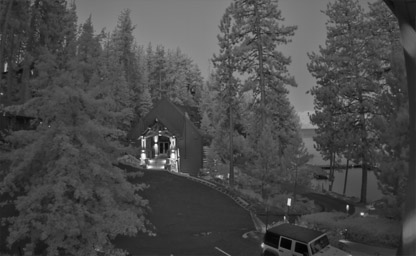
Nestled in the High Sierra on the east shore of Lake Tahoe
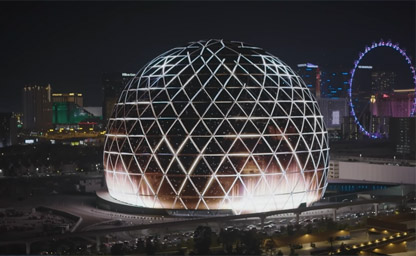
A music and entertainment arena in Paradise, Nevada
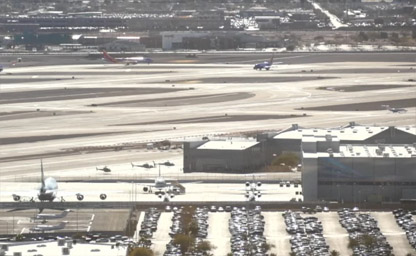
An international airport that serves the Las Vegas Valley
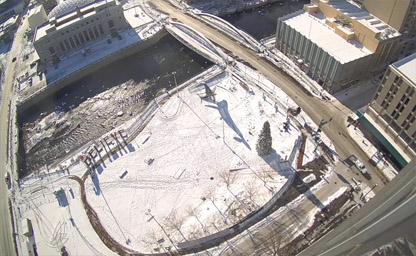
Located at the corner of First and Virginia Streets in Downtown Reno
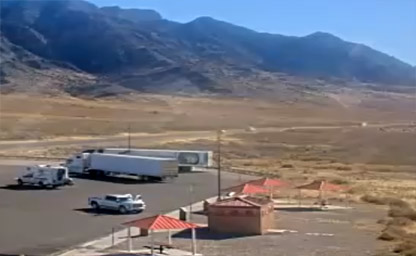
A small town and census-designated place in White Pine County
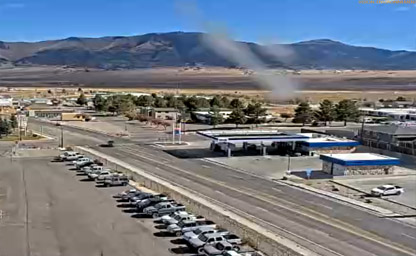
The largest city and county seat of White Pine County
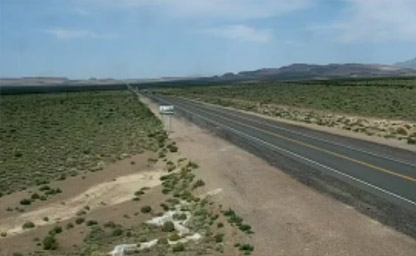
A ghost town located in Nye County
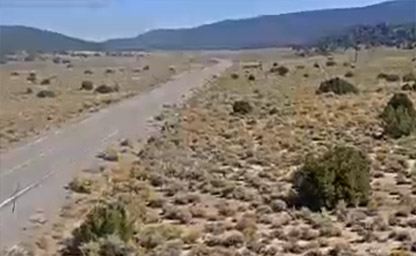
A mountain pass in Toiyabe National Forest, Great Basin
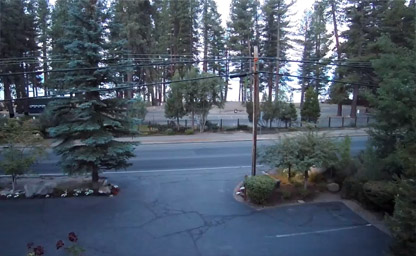
A census-designated place on the north shore of Lake Tahoe
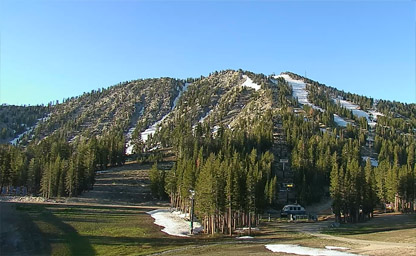
About 22 miles north from Lake Tahoe
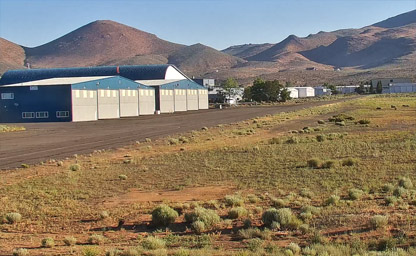
An independent city and the capital of the U.S. state of Nevada
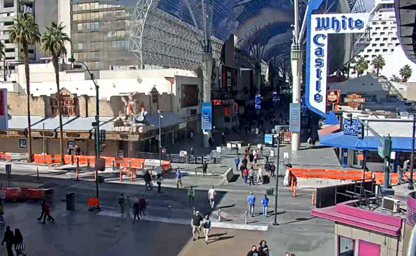
Home of the World's largest graphics display system
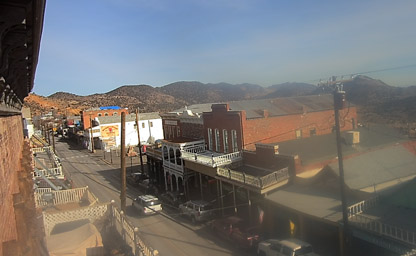
Near Cassidy Lane in Eagle Valley, Lincoln County Nevada
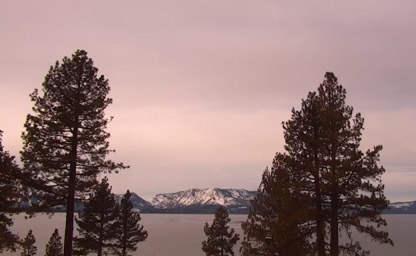
A dream come true for any visitor to South Lake Tahoe

Located in Downtown Las Vegas - NV
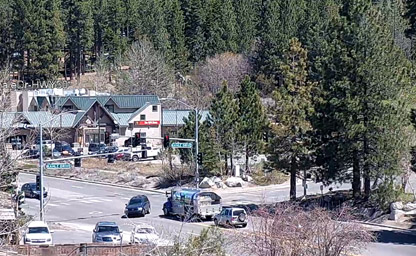
Looking here on the south shore of beautiful South Shore, Stateline
IpLiveCams offer a captivating look into the Silver State’s diverse landscapes, iconic landmarks, and vibrant cities. From the arid deserts to the lively entertainment hubs, these cameras provide real-time views of Nevada’s natural beauty and dynamic culture.
Nature enthusiasts will enjoy live feeds from the breathtaking landscapes of places like Lake Tahoe, Red Rock Canyon, and Great Basin National Park. These webcams showcase towering mountains, crystal-clear lakes, and unique desert formations, providing a virtual escape into Nevada’s stunning outdoor wonders.
In Las Vegas, webcams capture the iconic Strip, offering glimpses of the city’s bright lights, grand casinos, and famous resorts. Viewers can experience the pulse of the entertainment capital, with real-time views of shows, events, and the bustling nightlife.
For those interested in history and adventure, live feeds from Hoover Dam and the surrounding desert provide insights into one of the country’s most impressive engineering feats, along with the scenic beauty of the Colorado River.
Seasonal changes in Nevada are equally captivating, with winter snowfalls transforming the Sierra Nevada Mountains and vibrant summer sunsets casting golden hues over the desert. These webcams capture the dynamic beauty of Nevada throughout the year.
Whether you’re planning a visit, exploring the great outdoors, or simply experiencing the excitement of Las Vegas from afar, webcams from Nevada offer an engaging way to connect with the state’s diverse and lively atmosphere.
Nevada’s history is a fascinating narrative woven from indigenous cultures, exploration, mining booms, and its eventual rise as a state within the United States. The area now known as Nevada was originally inhabited by Native American tribes such as the Paiute, Shoshone, and Washoe, each of whom adapted to the diverse environment, from the Great Basin to the Sierra Nevada Mountains. These indigenous peoples lived through complex cultural traditions, relying on hunting, gathering, and trade, with a profound connection to the land. Today, their legacy is preserved in cultural sites, art, and traditions that can be explored in Nevada's many Native American museums and reservations.
The first European exploration of Nevada came in the 18th century when Spanish explorers, including the famed Don Juan Bautista de Anza, traversed parts of the region. Though Spain made attempts to establish missions in the area, the desert landscape and hostile conditions deterred permanent settlement. During this time, Nevada remained largely under the radar for European powers, with only the occasional trading expedition crossing its vast arid plains.
However, the 19th century would prove to be transformative for Nevada. The discovery of silver in the Comstock Lode in 1859 brought a rush of settlers and miners, transforming Nevada into a critical site for the American mining industry. The Comstock Lode was one of the richest silver deposits ever discovered, and it triggered massive population growth and economic development, especially as gold and silver mining spread throughout the state. The extraction of minerals was a major catalyst for the expansion of the American West, and towns like Virginia City boomed with thousands of miners, entrepreneurs, and immigrants.
In the 1860s, Nevada’s significance to the U.S. grew beyond mining. It became an important route for settlers traveling westward, and the construction of the Central Pacific Railroad through the region further connected Nevada to the rest of the United States. The railroad also played a role in facilitating the movement of minerals and goods, which boosted the state's economy. Nevada became a state in 1864, during the American Civil War, largely due to the strategic importance of its mineral wealth, which was crucial to funding the Union’s war effort. The state’s quick entry into the Union was made possible by a special congressional act, cementing its role in shaping the nation’s post-war landscape.
By the late 19th and early 20th centuries, Nevada continued to thrive on its mining industry, but it also became associated with the culture of gambling, which remains one of its most defining characteristics today. In 1931, Nevada legalized casino gambling, and this decision turned cities like Las Vegas and Reno into iconic gambling hubs. The state’s economy became increasingly reliant on tourism, entertainment, and its booming casino industry, giving rise to its nickname, "The Silver State" and later "The Battle Born State." Over time, cities such as Las Vegas have transformed into global entertainment capitals, drawing millions of visitors each year for gambling, nightlife, concerts, and luxurious resorts.
The 20th century also saw Nevada playing a pivotal role during World War II, with military installations and training grounds scattered throughout the state. Nevada’s vast and remote areas were used for nuclear testing after the war, culminating in the famous Nevada Test Site, where the U.S. government conducted numerous nuclear tests. The lasting effects of this history can still be seen today, as discussions about environmental health and the legacy of atomic testing continue to shape the region’s discourse.
Nevada's climate is predominantly arid, with desert conditions defining much of the state. However, the diverse geography of Nevada means that the climate varies significantly depending on elevation and location. The state is known for its dry, hot summers and cold winters, with considerable temperature fluctuations between day and night. The high deserts and rugged mountains create a unique atmospheric environment, with some regions experiencing intense heat during summer months, while others see heavy snowfall in winter.
Southern Nevada, home to Las Vegas, has a classic desert climate, characterized by scorching summer temperatures often exceeding 100°F (38°C). Summer months can bring extreme heat waves, particularly in the lower elevations like the Mojave Desert. Conversely, winter temperatures in the south tend to remain mild, with daytime highs ranging from 50°F to 60°F (10°C to 16°C). The region sees little rainfall year-round, averaging less than 5 inches (12.7 cm) annually, contributing to its desert landscape. Even in the summer months, it’s important for visitors to stay hydrated and avoid outdoor activities during the peak afternoon heat.
The northern part of Nevada, especially around areas like Reno, experiences a more temperate climate. This region is influenced by its proximity to the Sierra Nevada Mountains, which creates seasonal variations. Winters in northern Nevada are colder and snowier than in the south, with higher elevations receiving heavy snowfalls. The mountain ranges make the state an excellent destination for winter sports enthusiasts, particularly for skiing and snowboarding in areas like the Lake Tahoe region. Reno, often referred to as "The Biggest Little City in the World," enjoys warm summers and cooler, snowy winters.
The state's mountainous regions, including the Toiyabe and Humboldt mountain ranges, also experience significant temperature variation. During the summer months, the daytime temperatures may reach into the 80s°F (27°C to 30°C) in some areas, but the nights are often cool, especially in the higher elevations. Winter temperatures in these regions can drop well below freezing, with heavy snow accumulation in the mountains.
Given its overall dryness, Nevada has a significant drought risk, and many parts of the state are heavily reliant on water resources from the Colorado River and other sources. Drought conditions can lead to challenges for agriculture, the environment, and water supply. The state also experiences occasional thunderstorms, particularly in the late summer, but rainfall is generally sparse and irregular.
The geography of Nevada is defined by vast expanses of desert, rugged mountain ranges, and large basins. It is one of the most geographically diverse states in the U.S., with more than 300 mountain ranges and sprawling valleys. Nevada is located in the western part of the United States, bordered by Oregon, Idaho, Utah, Arizona, California, and Wyoming. Despite being the seventh-largest state in the country, Nevada is sparsely populated, with much of the population concentrated in its major cities, particularly Las Vegas and Reno.
One of the most notable features of Nevada's geography is the Great Basin, a large, arid region that covers most of the state. This basin is defined by the absence of a natural outlet to the ocean, causing water from rivers and streams to flow into internal lakes and reservoirs. The Great Basin is home to numerous dry lakebeds, including the famous Pyramid Lake, and is often associated with the state’s desert climate. The region is rich in geological history, containing ancient lava flows, fault lines, and volcanic craters. These geographic features contribute to the striking landscapes seen throughout Nevada.
The Sierra Nevada Mountains along the western edge of the state are another significant geographical feature. These rugged peaks rise dramatically, creating a stark contrast to the flat deserts and basins to the east. The Sierra Nevada is known for its alpine lakes, dense forests, and ski resorts, such as those near Lake Tahoe, which straddles the Nevada-California border. The range is home to some of the highest peaks in the state, including Mount Whitney, the tallest mountain in the contiguous United States.
In the southern part of Nevada, the Mojave Desert and its dramatic red rock formations dominate the landscape. This desert region, while extreme in its aridity and heat, offers stunning scenery such as the Valley of Fire State Park and the iconic red cliffs of Red Rock Canyon. These areas are popular with tourists and adventurers, offering hiking, off-roading, and photography opportunities amidst some of the most breathtaking desert vistas in the world.
Additionally, Nevada is home to several iconic natural sites, including Lake Tahoe, the largest alpine lake in North America. The lake is known for its clear waters and recreational activities such as boating, fishing, and hiking. The state is also home to the Black Rock Desert, the site of the annual Burning Man festival, an event that attracts thousands of visitors to experience art, culture, and extreme conditions in a remote and surreal landscape.
For a truly unique experience, visit the Black Rock Desert, especially during the Burning Man festival. Held each summer, this event brings together people from all over the world for creative expression, sustainability, and community. The event has transformed the barren desert landscape into a thriving temporary city full of art installations, performances, and workshops.
An interesting fact about Nevada is that it is home to the infamous Area 51, a highly secretive U.S. Air Force base. The area has been the subject of countless conspiracy theories regarding UFOs and extraterrestrial activity. The mystery surrounding Area 51 continues to intrigue visitors and is a source of both fascination and speculation worldwide.